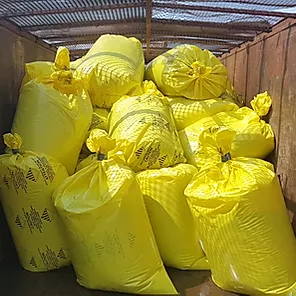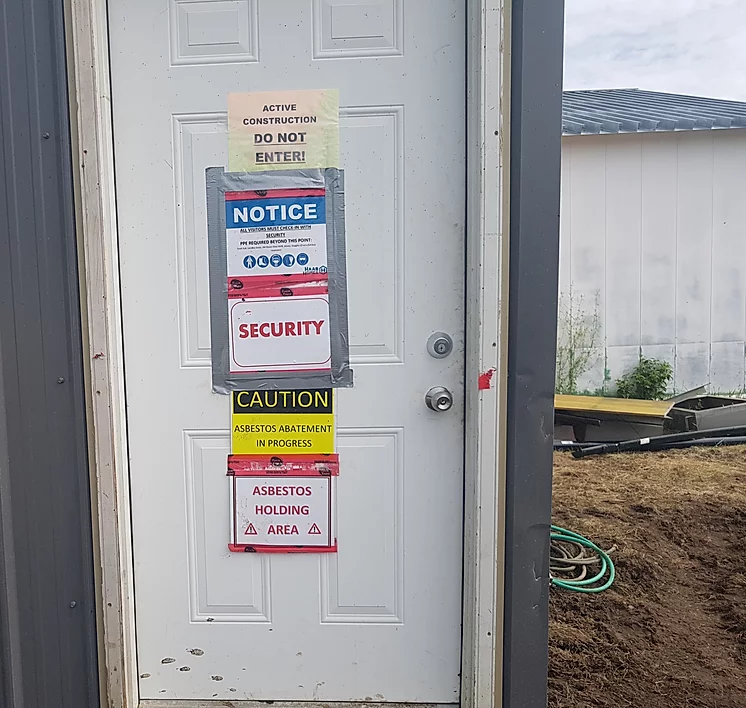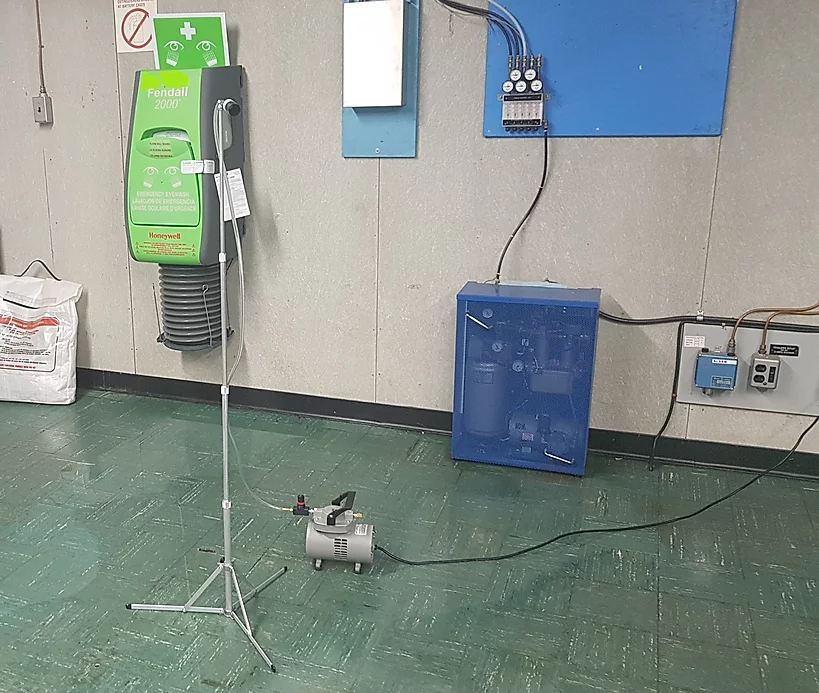Industrial Hygiene
Asbestos Abatement
Asbestos is a naturally occurring mineral that was used in a wide variety of building materials up to the 1980s. Its strength, flexibility, and non-combustibility make it ideal for many building applications. Asbestos is problematic when it is easily accessible, friable, or in deteriorating condition, such as when it is disturbed; minuscule asbestos fibers can be released into the surrounding air. When these invisible fibers are inhaled, they can cause a variety of very serious health problems, such as mesothelioma, lung cancer, and asbestosis. Elkan has supervised numerous asbestos abatement projects.


Asbestos Air Monitoring
High risk and moderate risk abatements often have air monitoring conducted throughout the duration of the project to ensure the safety of workers and to ensure no residual hazardous material remains following completion. Elkan has supervised numerous asbestos abatement projects.
Indoor and Outdoor Air Quality
Measurements of indoor air contaminants that may affect the health of building occupants and common comfort parameters, including, but not limited to: Particulates, Volatile Organic Compounds, Carbon Dioxide, Carbon Monoxide, Relative Humidity, Temperature, and Dew Point. Elkan has conducted numerous air quality programs, including chemical exposure, particulate silica, volatile organic carbon compounds, benzene, phenols, total petroleum hydrocarbons, and cyanates.


Mould Assessment and Abatement
Moulds are dynamic living organisms and are one of the largest concerns when dealing with Indoor Air Quality. Moulds produce reproductive spores which become airborne and are small enough to be inhaled. Readings of indoor air can be completed to determine if mould issues are present within a workplace or home. Excessive mould growth can be a health concern for building occupants, especially children, elderly, and people with immune system issues. We’ve completed numerous mould assessment and air quality abatement projects.



